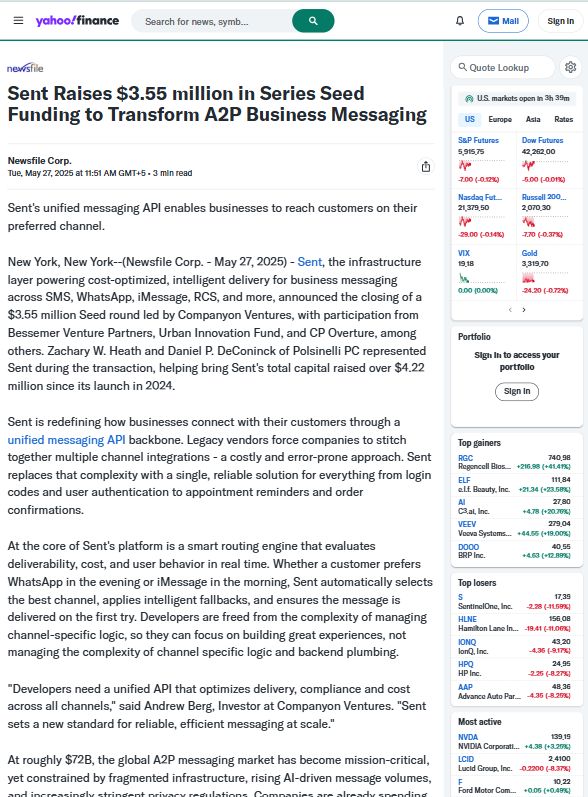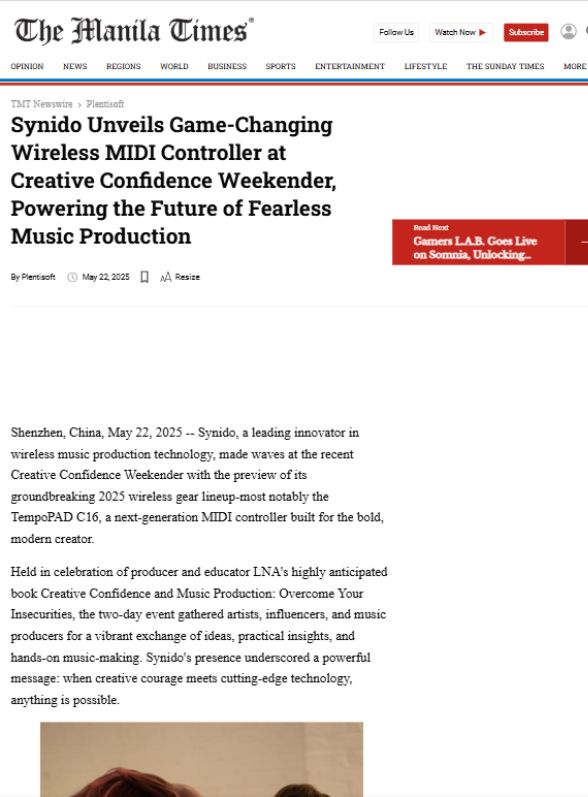Introduction
In the ever-evolving business landscape, understanding the difference between internal and external elements within a company is crucial for both managers and employees. The terms what is the difference between internal and external are often used in various contexts, ranging from business operations and marketing to project management and organizational structure. These two concepts play a pivotal role in shaping strategies, driving decisions, and achieving success in competitive markets.
Table of Contents
At IMCWire, we strive to keep our readers informed with valuable insights into the key components that affect modern business strategies. In this blog, we will dive into the fundamental differences between internal and external factors, providing a detailed analysis of how they influence businesses. We will also explore how IMCWire approach stands out from its competitors, ensuring that businesses can leverage these insights effectively for success.
What Are Internal Factors?
Internal factors refer to the elements within a business or organization that are controlled by its management and stakeholders. These factors typically include the company’s internal environment, resources, capabilities, and culture. They are the components that a business can directly influence or alter to meet its goals and objectives.
Key Elements of Internal Factors:
- Organizational Structure: The way a company is organized, including its hierarchy, roles, and responsibilities.
- Culture and Values: The shared beliefs, values, and behaviors that shape how employees interact and work together within the company.
- Resources and Capabilities: The assets a company possesses, such as human resources, technology, finances, and intellectual property, that allow it to perform its operations and compete in the market.
- Management and Leadership: The leadership style, decision-making processes, and overall management approach that influence the company’s operations.
- Employee Performance and Engagement: The productivity, morale, and satisfaction of employees, which directly impact the overall effectiveness of the organization.
Internal factors are the core elements that define a company’s identity and operational efficiency. Companies have control over these factors, and by optimizing them, they can improve their competitiveness, streamline processes, and align their internal practices with their strategic goals.
What Are External Factors?
External factors, on the other hand, refer to the influences that originate outside the organization and cannot be directly controlled by the business. These factors include various forces in the external environment that shape the way a company operates, competes, and makes strategic decisions.
Key Elements of External Factors:
- Market Conditions: The demand for products or services, market trends, and industry dynamics that affect the company’s ability to generate revenue and attract customers.
- Competition: The presence of other businesses offering similar products or services in the market, which influences pricing, product development, and marketing strategies.
- Economic Factors: Broader economic conditions, such as inflation, unemployment, and economic growth, that can have a direct impact on the purchasing power of consumers and the cost of doing business.
- Regulatory and Legal Environment: The laws, regulations, and policies that govern business practices, such as taxes, labor laws, and environmental standards.
- Technology and Innovation: The pace of technological advancements and innovations that affect the way businesses operate, interact with customers, and deliver products or services.
- Social and Cultural Factors: The cultural trends, values, and demographics of the society in which the company operates. Social shifts can influence consumer preferences, brand perceptions, and even operational practices.
Unlike internal factors, businesses have little control over external influences. However, staying informed and adaptable to these external factors is key to maintaining competitiveness and long-term success. A company that is able to anticipate, react to, and leverage external forces effectively can position itself for growth and sustainability.
Key Differences Between Internal and External Factors
While both internal and external factors are vital to a company’s success, they differ in several ways. Understanding these differences allows organizations to strategically navigate their business environment, making informed decisions that align with their capabilities and market conditions.
- Control:
- Internal: Businesses have control over internal factors, which they can modify or improve as needed. Internal factors, such as organizational structure, culture, and resource allocation, are within the company’s direct influence.
- External: External factors are largely beyond the company’s control. While businesses can attempt to influence these factors (such as lobbying for favorable regulations), they must primarily adapt to external forces rather than control them.
- Influence:
- Internal: Internal factors directly affect a company’s operations, culture, and productivity. For example, a strong internal culture fosters better employee engagement and retention, leading to higher productivity and improved performance.
- External: External factors shape the competitive landscape in which the business operates. Changes in the economy, technological advancements, or regulatory shifts can impact the company’s operations, marketing strategies, and customer base.
- Flexibility:
- Internal: Companies can quickly adjust internal factors, such as shifting organizational priorities or restructuring teams, to respond to changing needs or opportunities.
- External: External factors tend to be more static and unpredictable, with businesses needing to stay agile and flexible to respond to changes in the market or industry.
- Impact on Strategy:
- Internal: Internal factors influence a company’s strategic direction, resource allocation, and performance. A company’s leadership will align internal capabilities and resources to ensure that strategic goals are met.
- External: External factors require businesses to anticipate and adapt to external forces, shaping decisions around product development, market positioning, and customer engagement.
How IMCWire Outshines Competitors in Handling Internal and External Factors
At IMCWire, we understand the significance of both internal and external factors in driving business success. Our platform is designed to provide insightful content and solutions that address these challenges comprehensively. We don’t just cover the theory behind internal and external factors – we actively analyze and offer actionable insights that businesses can implement to stay ahead of the curve.
Here’s how IMCWire stands out compared to competitors in managing internal and external factors:
- In-Depth Analysis of Internal Strategies: IMCWire offers expert commentary and strategies to improve internal operations. Our articles delve into the importance of refining organizational structure, optimizing internal resources, and fostering a positive corporate culture. We provide actionable advice on how companies can build robust internal frameworks that enable them to compete effectively in dynamic markets.
- Real-Time Adaptation to External Trends: External factors, such as market shifts or emerging technologies, can make or break a business. IMCWire team of experts constantly monitors trends and changes in the industry to provide up-to-date content on how businesses can navigate economic, technological, and social forces. This timely information helps businesses make well-informed decisions about future investments and market positioning.
- Comprehensive Business Strategies: Unlike many competitors who focus on a narrow range of topics, IMCWire offers a holistic view of how both internal and external factors intertwine. We recognize that a business must develop both internal capabilities and external strategies to remain competitive. Whether it’s optimizing resource management or adapting to market conditions, IMCWire provides the guidance needed for sustainable growth.
- Practical Insights for Implementation: At IMCWire, we don’t stop at theory. We equip our readers with practical strategies for real-world application. From process improvement to navigating regulatory changes, our content is designed to offer actionable solutions that businesses can implement immediately to enhance performance and adapt to external challenges.
Conclusion
In the complex world of business, understanding the difference between internal and external factors is crucial for any organization seeking long-term success. Internal factors offer the foundation for operational efficiency, while external factors shape the competitive environment and market dynamics. A company that can master both internal optimization and external adaptability will always be positioned for growth.
IMCWire is committed to helping businesses navigate this delicate balance. Through our in-depth content and expert analysis, we provide businesses with the tools to optimize internal strategies and stay ahead of external forces. In doing so, IMCWire stands out as a valuable resource for businesses striving to succeed in an ever-changing market. Whether you’re looking to refine your internal operations or anticipate external shifts, IMCWire offers the insights and strategies that will make a difference.










































